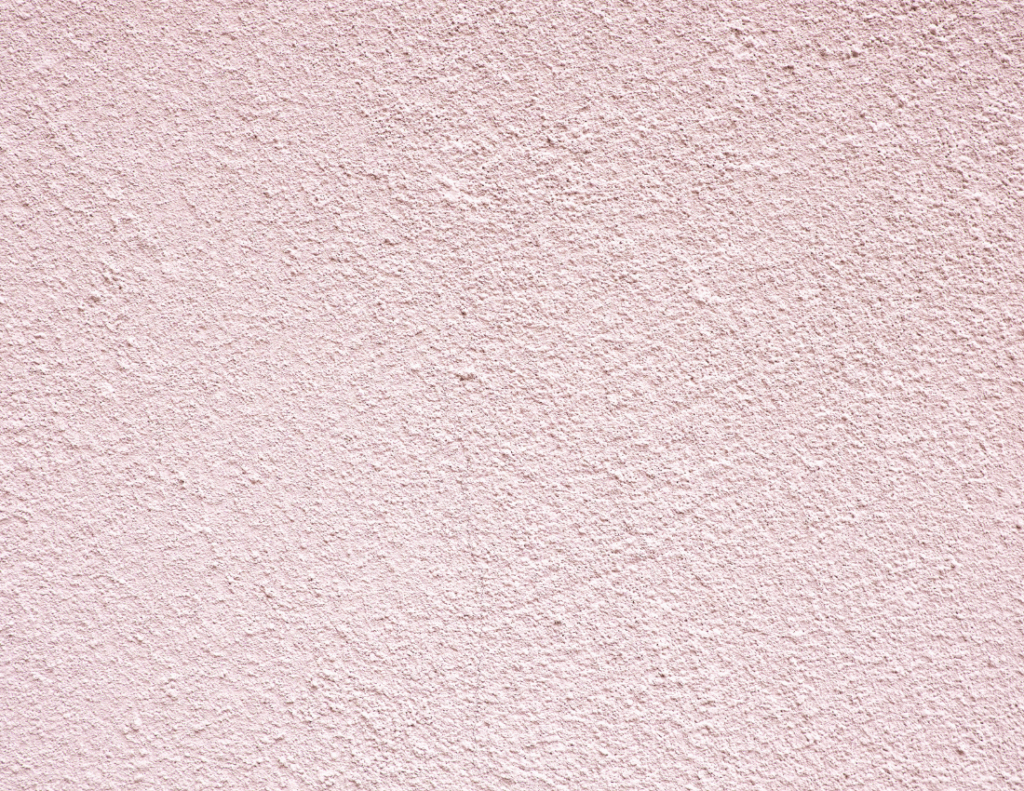How to paint textured walls comes up a lot in Canton, MI homes, especially in older properties or newer builds with knockdown texture, orange peel, or stucco. Textured walls might hide imperfections, but painting them can get tricky fast if you don’t prep and apply the right way.
Whether it’s your kitchen, bathroom, or any high-traffic room, smooth results come down to more than just grabbing a paintbrush and hoping for the best. Here’s what actually works and how professional painters handle it for a cleaner, longer-lasting finish.
Key Takeaways:
- Use the right roller nap size to match your wall’s texture—1/2 inch for light textures, 3/4 inch for heavy ones.
- Always clean and prep textured walls to avoid peeling and uneven paint.
- Primer is a must, especially on drywall or patchy spots, to help paint stick evenly.
- Eggshell or satin paint sheen hides flaws and is easier to clean than flat or glossy.
- Hiring professional painters in Canton, MI can save time, prevent drips, and avoid costly painting mistakes.

Tools and Materials That Make All the Difference
The texture on your wall decides what kind of equipment you’ll need. Flat walls? Basic setup. But textured? That needs more thought.
Here’s what pros rely on:
- Paint roller with at least a 1/2-inch nap for lighter textures, or 3/4-inch for heavier ones like popcorn or orange peel
- Primer that works with drywall and plaster (especially important if you’re dealing with coats of primer on repaired areas)
- Paintbrush for edges and cut-ins that the roller can’t reach
- Sandpaper, putty, joint compound, and a putty knife to patch chips and dents
- Painter’s tape to seal off trim, baseboards, and around windows
- Plastic sheeting or drop cloths to protect your floor, furniture, or cabinetry
- Sponge and water to wipe off dust and grime before painting
Using the wrong nap roller is one of the biggest painting mistakes we see. If it’s too short, it won’t reach into the grooves. Pressing harder won’t help—it’ll just push paint around unevenly and waste product.
Prepping Your Wall: Skip This and You’ll Regret It
Even if your walls look fine at first glance, textured surfaces trap more dust and grit than smooth ones. That buildup can mess with how primer and paint stick.
Here’s how professional painters in Canton, MI prep textured walls:
- Vacuum or wipe down with a damp sponge to remove dust, spider webs, and dirt
- Patch holes using joint compound or mud, especially around high-use areas like the kitchen or bathroom
- Skip sanding on textured walls—doing so can flatten the design. Just feather out rough patches by hand where needed.
- Tape carefully, especially around ceilings, comb edges, or popcorn ceiling seams. If needed, seal the tape line with a tiny bit of caulk to avoid seepage.
This stage sets the tone for a clean, even finish. Skipping it leads to blotches, visible repairs, and flaking paint down the road.
Primer Isn’t Optional—Here’s Why
Even if the wall was previously painted, primer helps even out surface absorption and gives your topcoat something to grip.
A high-quality latex primer is ideal for drywall and textured surfaces. We apply it in 4×4 foot sections using a roller, always keeping an eye out for drips and over-rolling. Corners and cut-ins are done with a brush afterward.
And yes, this is the part where using the right number of coats of primer really matters. Some textured walls need one solid coat, others need two, especially if you’re switching to a lighter color.
How to Paint Textured Walls Like a Pro
Once your primer’s dry, it’s time for the main event. This is where patience and the right rhythm pay off.
- Start with the paint roller, working in manageable zones
- Dab, don’t drag in deeper textures
- For tight spaces or around trowel marks, switch to a 2-inch brush
- Don’t overload the roller. Instead, do multiple thin coats
- Watch for drips in crevices and smooth them out immediately
The type of paint sheen also matters here. For most textured walls, we recommend an eggshell or satin finish. They strike a balance between hiding minor flaws and being easy to clean, without highlighting every bump like glossy finishes do.
Common Problems and How to Handle Them
Painting textured walls has its quirks. Here are a few issues we often run into and how they’re usually solved:
- Drips and Sags: Usually caused by overloading your roller or pressing too hard. Solution? Use thicker nap, and let the tool do the work.
- Inconsistent Coverage: Often from skipping primer or using low-quality paint. Always go with products built for textured drywall and surfaces.
- Cracking or Peeling Later: Happens when plaster, popcorn, or stucco wasn’t prepped right. That’s why sealing and filling beforehand matters.
- Wrong Estimate: Ever run short mid-wall? That’s where a good paint calculator saves the day—don’t guess how much you need.
FAQs on How to Paint Textured Walls
How do you paint textured walls without missing spots?
Use a thick-nap roller and roll in multiple directions. A brush helps with deep indents.
How do you cover textured walls before painting?
Patch with joint compound and clean thoroughly. No need to flatten—just prep what’s there.
How do you make textured paint?
Most textured looks today come from sprayed mud or specialty products, not mixing texture into the paint itself.
How do you paint a textured wall without making a mess?
Prep is everything. Cover surfaces, use tape properly, and go slow with steady pressure.
Wrapping It Up
If you’re wondering how to paint textured walls in Canton, MI, it’s not just about technique—it’s about patience, prep, and the right gear. Whether you’re dealing with orange peel or popcorn, rushing the process can lead to patchy color, roller marks, or peeling in a few months.
Working with professional painters in Canton, MI saves you that hassle. We know the quirks of local homes, from drywall to old stucco textures, and we use the right tools and coatings to get the job done right the first time.
Here’s how J&B Painting makes your project easier:
- We inspect and prep every wall thoroughly
- We recommend the best paint sheen and product for your texture type
- We apply high-quality primer and paint using the correct roller and brush technique
- We protect your ceiling, baseboards, and trim like it’s our own home
- We clean up after ourselves—no mess left behind
If you’re in Canton, Farmington Hills, Sterling Heights, Dearborn Heights, MI or the surrounding areas, call us at 248-629-2458 for a FREE estimate. Let’s make that textured wall look the way it should!

